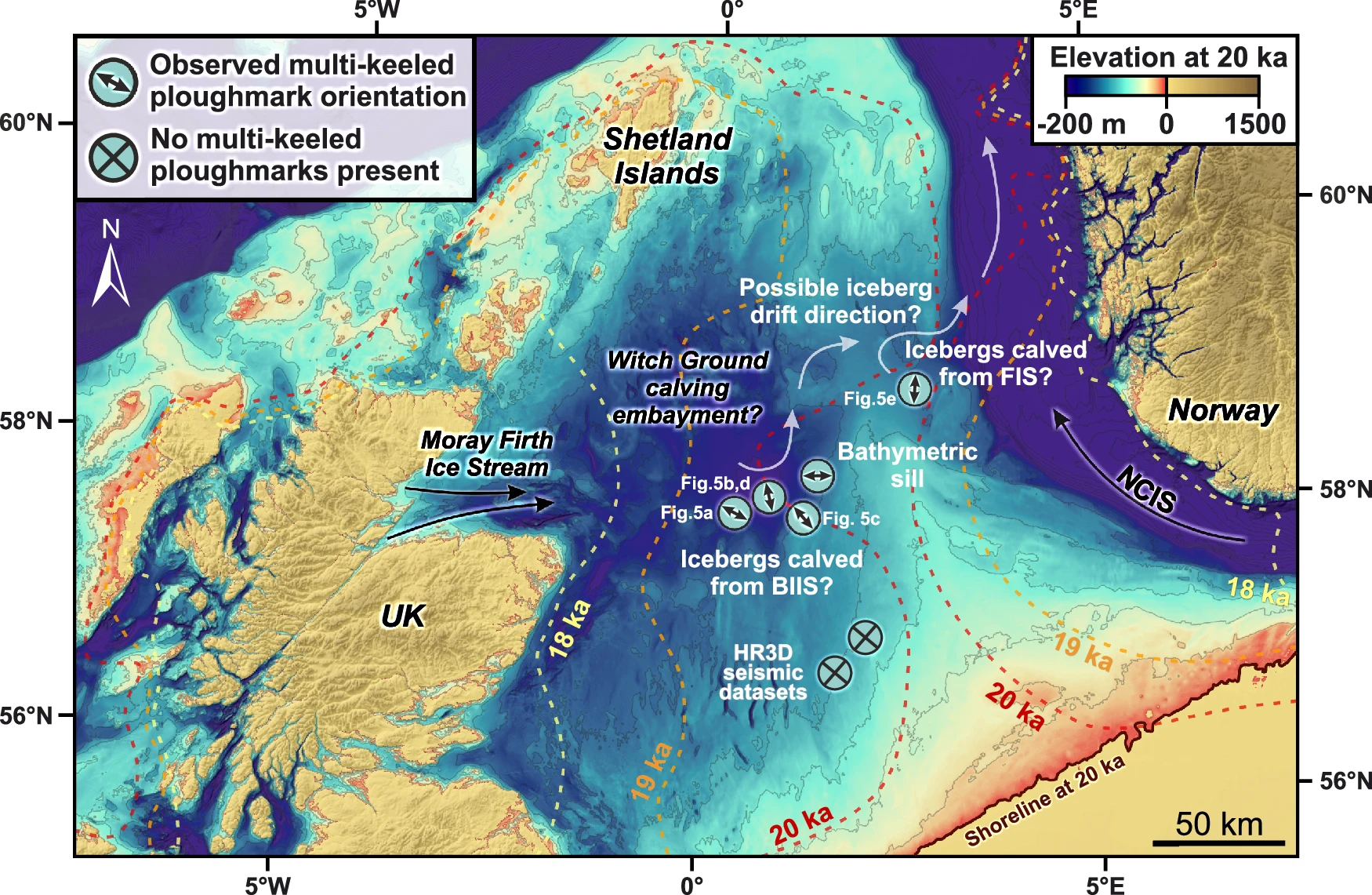CARDIFF UNIVERSITY GEOLOGY FIELD COURSE FOR ADULTS
Nick Chidlaw has contacted me about a course he is running this summer in association with Cardiff University Lifelong Learning. The details are given below.
-------------------------------------------------------------------
I am offering to run a field course for 4 consecutive days in June this year. This is organised by Lifelong Learning at Cardiff University and examines the geology at key locations in and between the Malvern Hills and the Cotswolds.
Enrolees do not need to be students studying at Cardiff University - it is intended and available for the adult public.
Please see attachment for details, and for contacting Lifelong Learning. The course fee is £196.00, concessionary fee £157.00 .
No prior knowledge of geology or the study area is assumed.
The course carries assessment, which is completed after the course is run and returned to the tutor within 14 days. It is designed to be easily completed (ticking boxes, filling in words only) and in practise course attendees find the process enjoyable and useful for consolidating what they've learned. There is only a 'pass' or 'fail' grading: a pass is 40%.
Most course attendees score very highly - usually above 80%, with some getting scores in the high 90's.
Any queries you have about the course content, do contact me; enrolling and course payment is done through Lifelong Learning at Cardiff (contact details given in attached doc).
I hope you find this proposal of interest, that you're available and that you decide to enrol.
---------------------------------------
You can read the attachment below. Nick is referring to the central item.

